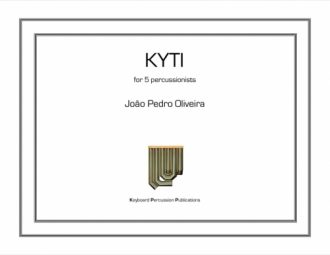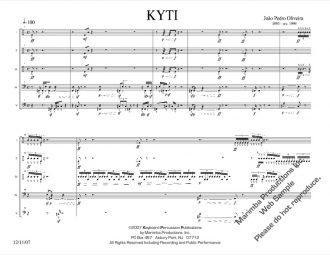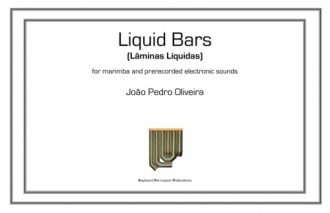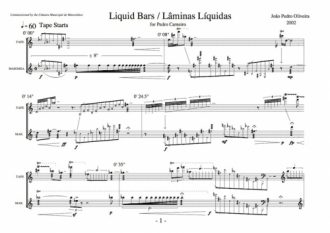Kyti
$30.00Kyti is based in constant dialogs between the five percussion groups, sometimes in distant opposition, and more often in very close imitative gestures. These musical gestures are mainly based on micro-canons that continuously overlap, and create a polyphony that allows the sound to displace itself in space with its own rhythm, in constant dialog with the physical rhythm of the percussive attacks.
Kyti is based in constant dialogs between the five percussion groups, sometimes in distant opposition, and more often in very close imitative gestures. These musical gestures are mainly based on micro-canons that continuously overlap, and create a polyphony that allows the sound to displace itself in space with its own rhythm, in constant dialog with the physical rhythm of the percussive attacks.




